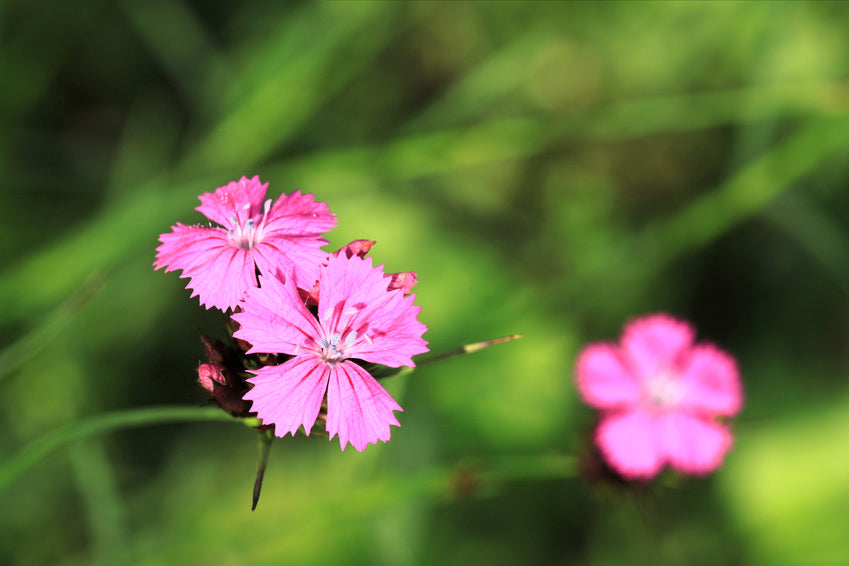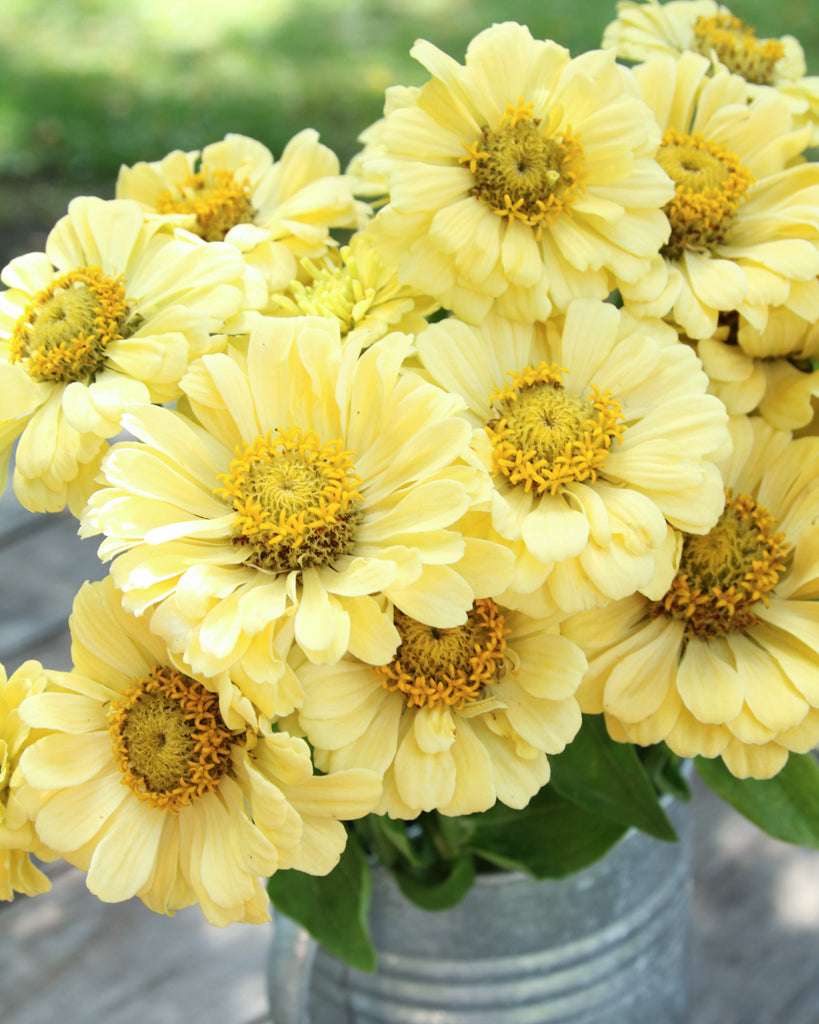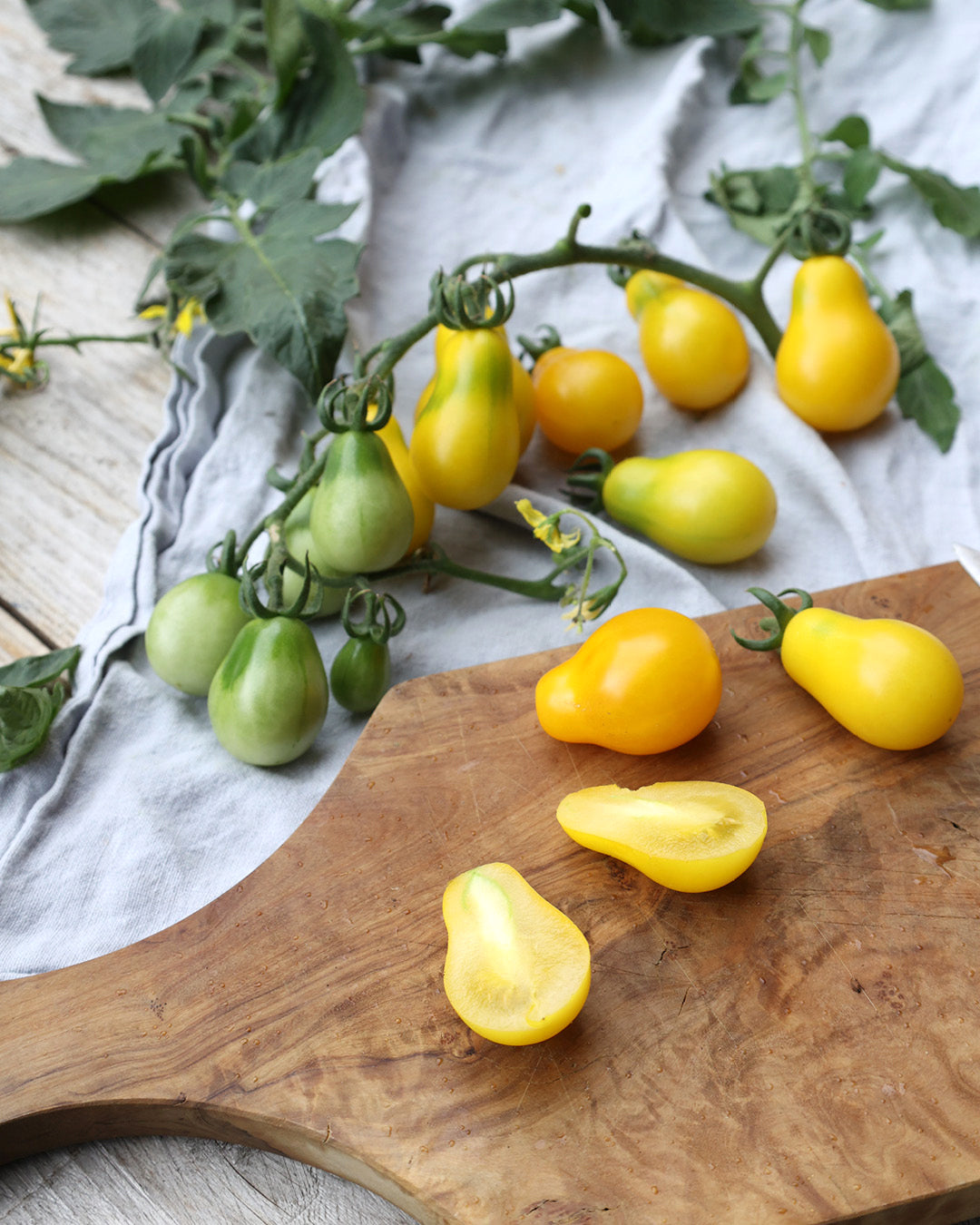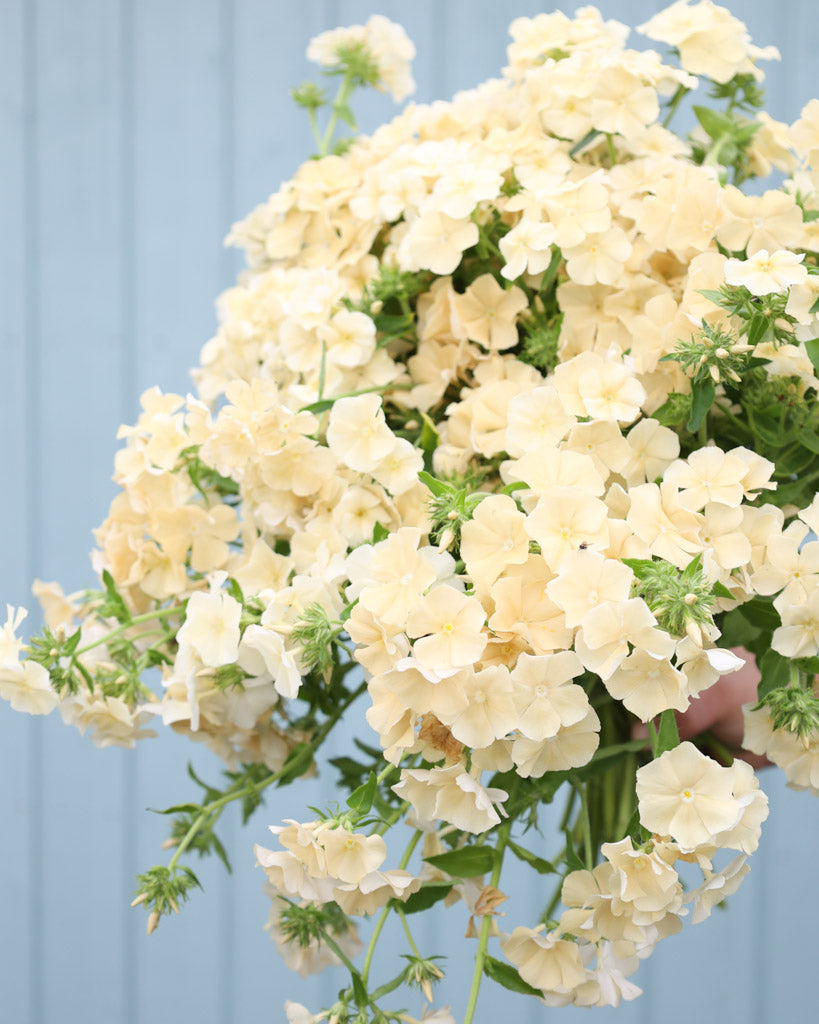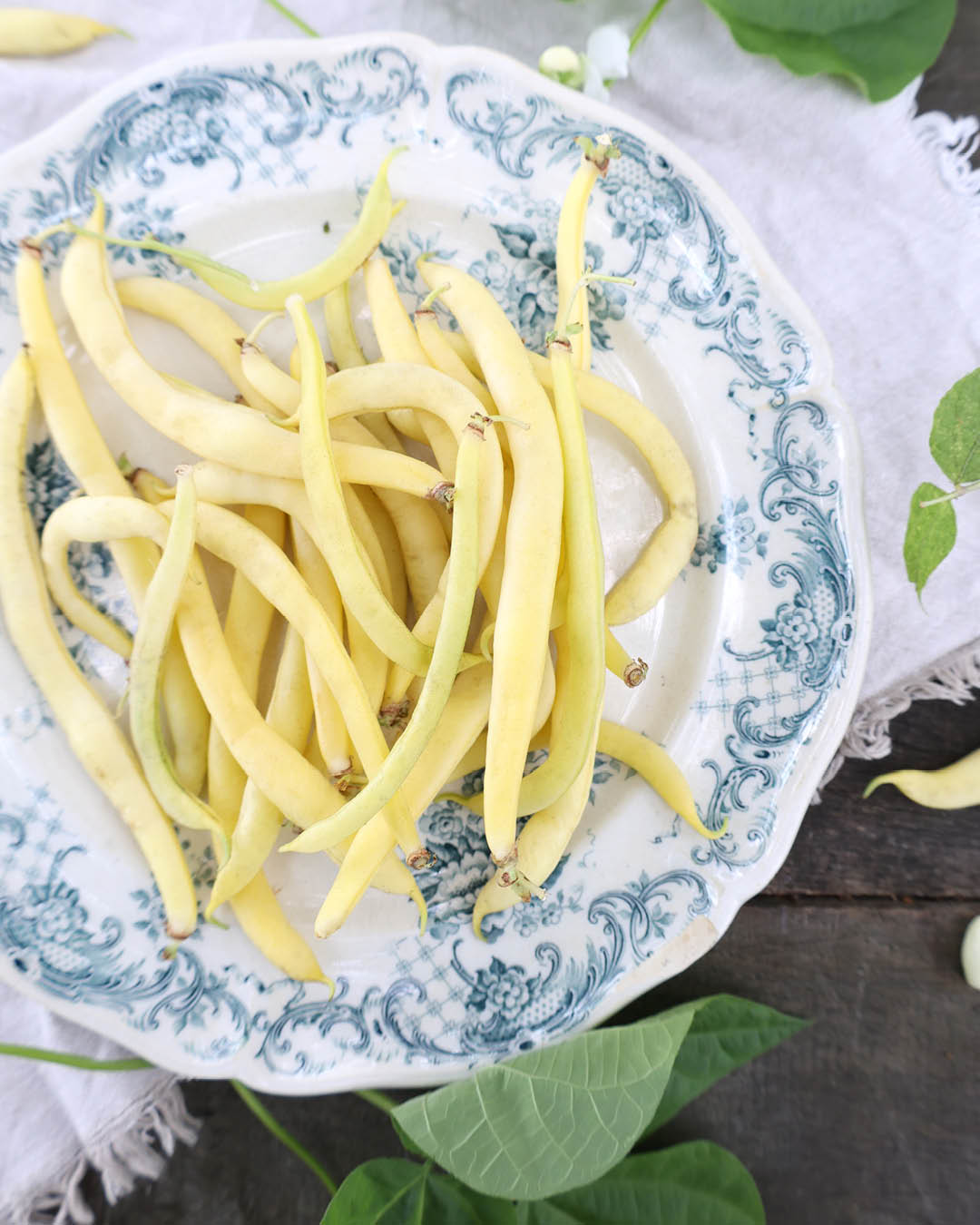Design with native perennials
They bloom along roadsides, in meadows, and on embankments. Native perennials not only beautify our landscape; many species and their selections are also quite rightly finding their way into our gardens. "They bring a piece of nature into the garden," says Uta Kietsch. The horticultural technician knows and cultivates many wild plants. In addition to their beautiful flowers and structures, they are above all a food source for many animals and very popular with bees, butterflies, beetles, hoverflies, and many other insects. These insects often specialize in native plants, where they find nectar and pollen. This creates a magnificent natural experience in the garden. "Another advantage of native plants is their adaptation to our climate," says Kietsch. They are generally very easy to care for and often easier to integrate into the garden than species native to Asia or other continents.
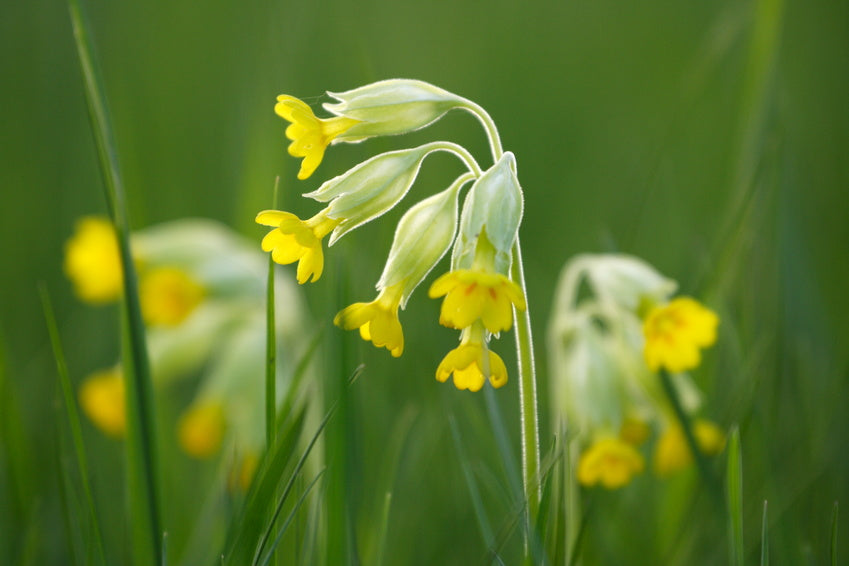
Utilizing natural biodiversity
When Uta Kietsch talks about native perennials, she's completely in her element. She runs a horticultural business for wild seeds in Temmen in the Uckermark region and says: "There is an enormous variety of native plants with a wide range of different site requirements and different flowering times and colors." Unfortunately, many plants are still underused. A certain standardization is taking hold in the trade, which she likes to counteract by promoting native diversity. But what exactly does the term "native perennials" mean? The Federal Nature Conservation Act defines "native" species as follows: species that originated in the area or have migrated without human assistance, or naturalized plants that have maintained a population in the wild and without human assistance for several generations. "These plants," says Kietsch, "are optimally adapted to our climatic conditions."
In the right location – durable and attractive for a long time
"Introducing native perennials into the garden is easy if you consider the plants' specific needs," explains the wild perennial specialist. Their natural habitat provides valuable information. Do the plants thrive in shade or sun in their natural habitat – do they prefer dry, fresh, or moist soil? Specialist perennial stores carry many native species and their cultivars. They also provide information to help ensure the right perennial is planted in the right spot in the garden. "Pay attention to the labels on the plants, which also provide guidance on choosing the best location," recommends Kietsch. One of her favorite native flowers for sunny locations is the clustered bellflower (Campanula glomerata) – "A real eye-catcher with its spherical blue blossoms, which also make great cut flowers," explains Kietsch. Also garden-worthy is the common scabiosa (Scabiosa columbaria). It begins blooming as early as June and displays its blue or pink flowers until autumn. The 'Pink Mist' variety, in particular, blooms until the first frost, when all the dead flowers are removed. It also has beautiful foliage and is a magical attraction for butterflies.
Beautiful and easy to care for – natural perennials
"Many native plants are very easy to care for and are suitable for a natural, more extensive garden," explains the horticultural technician. Take the Carthusian carnation (Dianthus carthusianorum), for example. Its vibrant pink flowers appear over many weeks starting in May and attract numerous insects. The Carthusian carnation self-seeds without ever becoming a nuisance, making it ideal for naturalizing in natural gardens or on rooftop gardens. This plant is also suitable for window boxes, explains Kietsch. Pruning after the first bloom will encourage a quick second bloom. The Blood Cranesbill (Geranium sanguineum) is as easy to care for as it is attractive. There are now many selections of this species, all of which are very drought-tolerant thanks to their deep root systems. In addition to its attractive foliage, its long, white, pink, or red blooms from June to August and its ease of care are two advantages of this plant. Meadow sage (Salvia pratensis) is a beautiful blue-flowering alternative for natural gardens and flower meadows. It is suitable for full sun, dry locations. "If pruned after the first bloom, the blue flower spikes will appear again in September," explains Kietsch. The mountain aster (Aster amellus), with its pink and violet varieties, is also a native perennial that is used both in natural plantings and as a bedding perennial. It is also very suitable as a cut flower. In general, says Kietsch, single-flowering plants are preferable to double varieties, as these are sterile and therefore do not provide nectar or pollen for wildlife.
Splash of color for damp locations
In nature, there are locations in wet meadows or by bodies of water that also appear in a similar form in the garden. "The cuckoo campion (Lychnis flos-cuculi) is a plant that thrives in humus-rich, sufficiently fresh soil and is increasingly being pushed out in nature by the draining of wet meadows," explains Kietsch. In the garden, it can display its graceful pink flowers along the edge of a pond in May and June. The flowering period, which coincides with the cuckoo's call, gave it its German name. It seeds profusely. If you want to prevent this, says Kietsch, you should prune immediately after flowering. An eye-catcher in early spring for moist locations in the garden is the native marsh marigold (Caltha palustris). It displays its yolk-yellow flowers in April and May and thrives at the water's edge in sunny to partially shaded locations, but can also be easily established in sufficiently moist meadows and damp woodland edges.
Tip for your own garden – natural plant combinations
Beautiful, natural plant combinations can be created with native perennials. Kietsch is happy to share the following recommendations for a dry, sunny location with readers: The flowering cycle begins in early spring with the yellow-flowering cowslip (Primula veris). Meadow sage (Salvia pratensis) replaces the cowslip with its blue flower spikes, followed by wild thyme (Thymus pulegioides). This blooms together with agrimony (Agrimonia eupatoria), an uncomplicated perennial that stands out with its fresh green leaves and beautiful yellow flower spikes. The seed heads are also very attractive. This is followed by the round-leaved bellflower (Campanula rotundifolia), which displays its blue flower bells throughout the summer. The yellow-flowering toadflax (Linaria vulgaris) and wild marjoram (Origanum vulgare) complete the flowering cycle in summer and late summer. Kietsch has had good experiences with this mixture. She recommends: Cut back the perennials once in the spring and clear away the clippings. These plants prefer nutrient-poor soils in full sun; the poorer the soil, the more flowering the planting will be.
Of burning bushes and dye plants
Many perennials have other interesting qualities besides their ornamental value and as a food source for insects. Such as the burning bush (Dictamnus albus), which is native to our area and suited to sunny locations. The plants only develop their full beauty after a few years. Their attractive pink or white flower spikes appear in June and July. A special feature are the essential oils, which are said to be flammable and contributed to the German name "burning bush." The native dye chamomile (Anthemis tinctoria) also impresses with more than just its beautiful yellow flowers. In the past, the plant was used to dye wool. It is a true perennial bloomer. The countless golden-yellow flowers appear from June until late autumn. It is suitable for both natural garden areas and can also be planted in well-tended perennial borders. The plant does produce some seeds but is hardly a nuisance. There are some very beautiful varieties of dyer's chamomile, such as the creamy yellow variety 'Sauce Hollandaise'. Due to their long flowering period and drought tolerance, they are also recommended for balcony boxes.
TEXT: GMH, Martina Raabe
